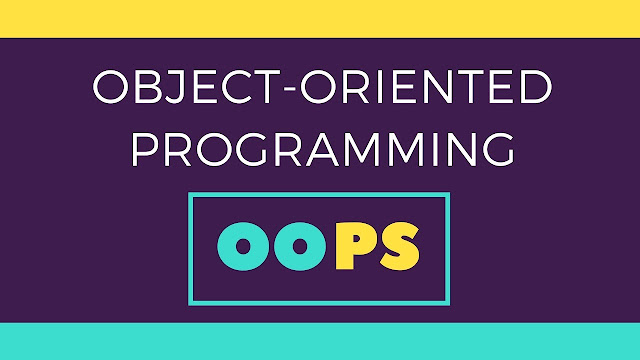Complete Guide - Advantages and Disadvantages of Python
Python may be a high-level, interpreted, and general-purpose programing language that emphasizes readable codes. The Python syntax is meant to assist programmers to finish coding projects in as few steps as possible, especially in comparison to other languages like C++ and Java.
It was founded in 1991 by Guido Van Rossum. The language has undergone tons of changes since it had been first released with many add-ons already developed.
Advantages of Python
Libraries are ExtensivePython comes with an in-depth library. there's code for a good range of purposes including unit-testing, web browsers, threading, databases, CGI, documentation generation, and more.
This ensures that programmers won’t need to write complete codes from scratch for everything.
It is Extensible
Python is often extended to other popular programming languages easily.
This advantage is felt more when performing on projects which will require extension with languages like C or C++.
Python is Embeddable
It is easy to feature Python code into the ASCII text file of a special language (for example, C++).
With this feature, developers can include scripting capabilities within the codes of other languages.
In addition to being extensible, the embeddable feature of Python makes it a very flexible language.
The Language of IoT
As the world moves deeper into the web of Things, the Python language will become more relevant.
It is already the language on the Raspberry Pi, and its peculiarities will help it become a strong driver of the interconnected world where we are headed.
Ease of Use and ease
Python is straightforward to find out and code. this is often why experts will advise against starting with it before moving to other languages like Java—the transition is going to be harder.
In Python, printing a “Hello World” only requires a print statement.
In Java, on the opposite hand, you've got to make a category first. If you already know Java and other similar languages, Python is going to be super easy.
Disadvantages of Python
Limited SpeedPython code is executed line by line.
As an interpreted language, this results in slower execution. This limitation is often ignored except when the speed of execution may be a top priority during a project.
If the project features a friendly timeline, the limited speed won’t be a serious concern.
Design Restrictions
Since Python is dynamically-typed, programmers don’t get to declare the sort of variable while writing the code.
It helps simplify the coding process for programmers, but it can cause run-time errors.
In machine learning and data science, this is often an enormous problem because type error can make working with data tons harder than it should be.
False Multithreading
Python’s multithreading model doesn’t really have multiple threads running at an equivalent time as a result of the worldwide interpreter lock (GIL). One thread can only hold the GIL at just one occasion.
This makes it impossible to really achieve multithreading with the quality Python.
Difficult to Read Functional Programming
Python’s functional programming is often difficult to read.
This is because the compiler doesn’t support functional optimizations.
It also lacks some basic features of functional programming that has got to be implemented manually.


Comments
Post a Comment